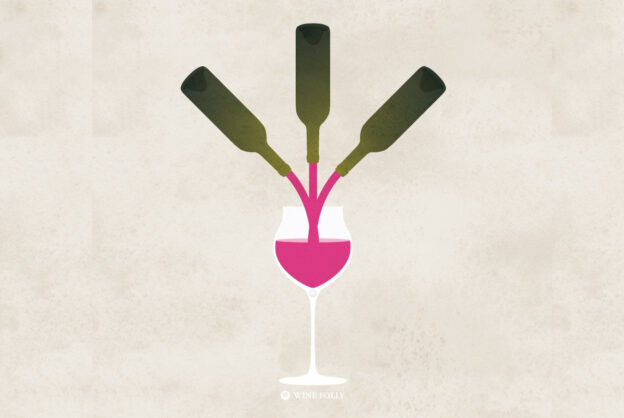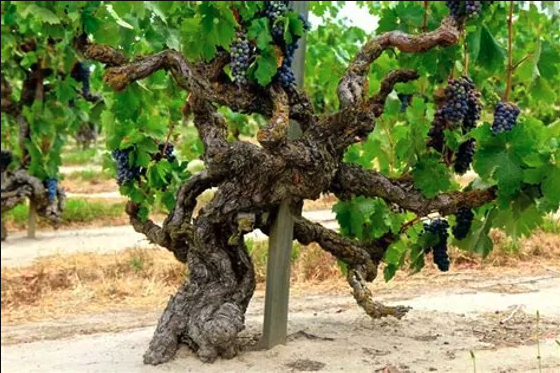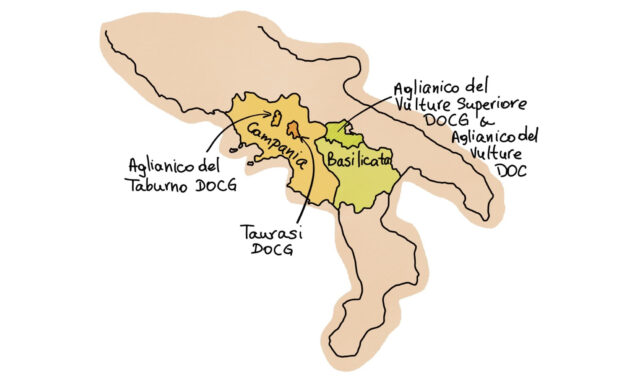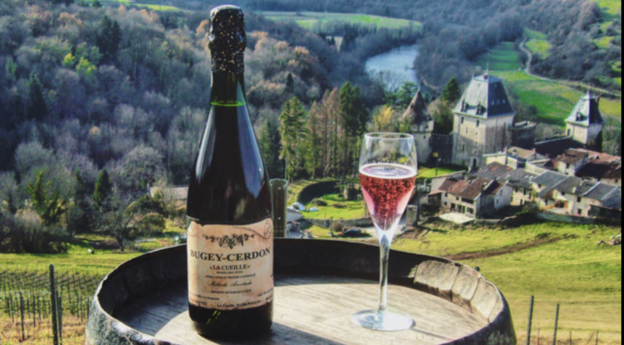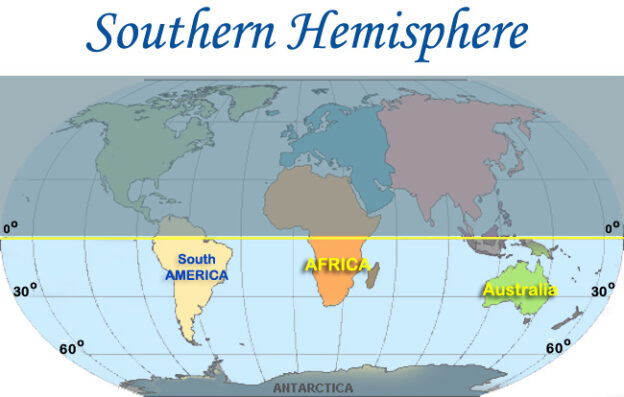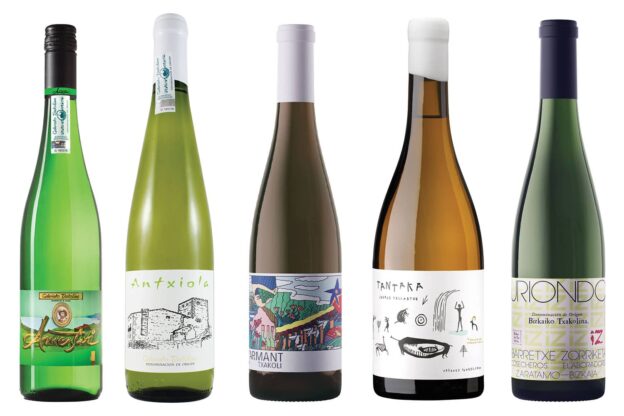At times you will see a wine label boasting the term, “Old Vines” or in France, “vieilles vignes”. It promptly begs a number of questions: How old is “old”? Does it mean the wine is better quality because the vines are old? What difference does the age of the vine make?
Although consumers may perceive this term to indicate a higher quality wine, “Old Vines” is essentially a marketing term. It is not a legally protected labeling term anywhere in the world. This means that anyone can use it on any wine they want without needing to meet any specific vine age requirements at all. The vines may be 20 years old, 100 years old, or may even be brand new and only have a small amount of old vine wine blended in.
That is not to say it is an entirely untrustworthy term. I would always suggest checking the producer’s website to see what they mean by their use of “Old Vines” on the label. For example, one of my favorite Old Vine producers, Bedrock Wine Co., explains that their Bedrock Heritage Wine is from 120-year-old vines. However, Bota Box sells an Old Vine Zinfandel and you won’t find any information at all on their website about vine age.
Lifespan of a Vine
When a new vine is planted, it will take up to five years until that vine produces sufficient quality fruit for wine production. After 20-30 years, a vine begins its decline and starts producing lower yields of fruit. At this point, many growers will replace these vines in an effort to maintain wine production levels. It also gives growers an opportunity to change vineyard layouts, plant different grapes, and otherwise take advantage of new vineyard technology or meet changing market demands. That’s all assuming the vine lives this long and doesn’t succumb earlier to pests, disease, drought, extreme weather events, or other hazards.
For these reasons, not all wines are made from Old Vines. It is even rarer to find old vines that are a century or more old. This is because vineyard regions around the world were decimated in the late 1800s/early 1900s by an infestion of a root louse called phylloxera that feasted on vine roots, killing them swiftly. Only a handful of places in the world escaped the devastation, either through quarantine or inhospitable sandy soils. The only solution was to replant vineyards everywhere with European grape vines grated onto American rootstocks immune to phylloxera.
However, vines have the ability to live a very long life. In fact, the oldest still-producing grapevine in the world can be found in Slovenia. It is a whopping 400 years old, and was planted at the end of the Middle Ages.
Are Old Vines Better?
It is widely believed that Old Vines produce higher quality fruit and therefore better wines. Some would argue it’s a matter of survival of the fittest – old vines are the hardiest, healthiest and best quality producers in the vineyard, so they weren’t pulled.
While likely true, these vines produce better quality fruit because they are old. As a vine ages, the canopy (leaves) become thinner, allowing more sunlight exposure to the fruit for ripening. Old vines also produces less fruit. Lower fruit yields per vine means the vine can focus its energy on ripening fewer bunches. Those bunches become more concentrated and flavorful, producing better wines.
Wine from Old Vines is generally described as having excellent fruit concentration with soft tannins and high acid
Why is there so much Old Vine Zinfandel?
Old vines can be of just about any grape variety. However, we usually see old vine Zinfandel in California based on the state’s history. California is a fairly young wine producing region. Varieties such as Cabernet Sauvignon and Chardonnay were only planted in the last few decades. However, Zinfandel was brought into the state during the Gold Rush and planted everywhere. At one time, it was the most widely planted grape variety in the state.
There are plenty of places where vineyards had essentially been abandoned during Prohibition because it was too costly to pull them and replant with other agriculture. That left a ton of Zinfandel vines in the ground that were “rediscovered” in more recent decades as old vines. In fact, there is so much old vine Zinfandel in California that you can find these bottles at quite low prices.
Recommendations
- Klinker Brick Old Vine Zinfandel ($16) – some vineyard blocks up to 120 yrs old
- Carol Shelton Wild Thing Old Vine Zinfandel ($20) – 60 yr old vines
- Bedrock Wine Co. Old Vine Zinfandel ($25) – vines average 80 yrs old
- Seghesio Old Vine Zinfandel ($35) – vines average 75 yrs old


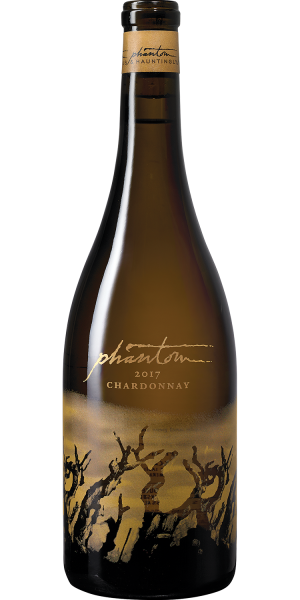


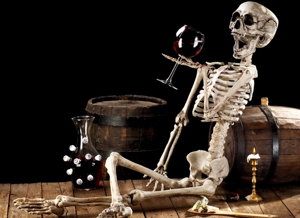
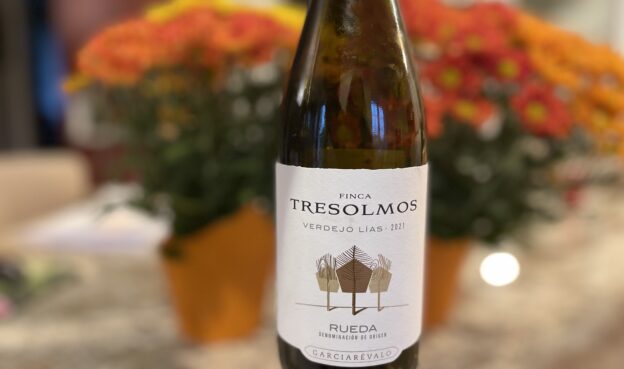
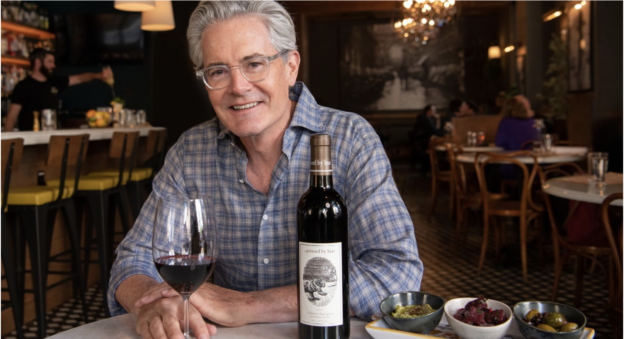
 At the very top of the list is Pursued by Bear by Kyle MacLaughlin (Dune, Twin Peaks, Sex in the City). He started a vineyard in his home state of Washington in 2005 as a passion project and to be close to family. He is involved in every aspect of the business, including vineyard sourcing, blending and even choosing the barrels for aging the wines. He produces a “Baby Bear” Syrah ($55) and Cabernet Sauvignon ($60) that are excellent examples of the high quality wines coming out of Washington State’s Columbia Valley. The Cabernet in particular is silky and elegant, with black fruit balanced by an earthy note, soft tannins and wonderful finesse.
At the very top of the list is Pursued by Bear by Kyle MacLaughlin (Dune, Twin Peaks, Sex in the City). He started a vineyard in his home state of Washington in 2005 as a passion project and to be close to family. He is involved in every aspect of the business, including vineyard sourcing, blending and even choosing the barrels for aging the wines. He produces a “Baby Bear” Syrah ($55) and Cabernet Sauvignon ($60) that are excellent examples of the high quality wines coming out of Washington State’s Columbia Valley. The Cabernet in particular is silky and elegant, with black fruit balanced by an earthy note, soft tannins and wonderful finesse. The other celebrity wine that knocked my socks off was Two Paddocks by Sam Neill (Jurassic Park, Jurassic World, Event Horizon). Pinot Noir isn’t my favorite grape variety, but the Two Paddocks Pinot Noir ($45) took me completely by surprise. This wine is made in Central Otago, New Zealand, and area that is fast becoming renowned as one of the best sources of Pinot Noir in the world. It is cool, dry and gets a tremendous amount of sunlight, which develops intense flavors while retaining all-important acidity. Sam Neill started the winery (which is the southernmost vineyard in the world!) in 1993 and it is certified organic and biodynamic. Two Paddocks is hands down the best Pinot Noir I have tasted from New Zealand, and perhaps beyond. This wine is bursting with red berries, spice and plush tannins, making it full of flavor, elegant yet textured.
The other celebrity wine that knocked my socks off was Two Paddocks by Sam Neill (Jurassic Park, Jurassic World, Event Horizon). Pinot Noir isn’t my favorite grape variety, but the Two Paddocks Pinot Noir ($45) took me completely by surprise. This wine is made in Central Otago, New Zealand, and area that is fast becoming renowned as one of the best sources of Pinot Noir in the world. It is cool, dry and gets a tremendous amount of sunlight, which develops intense flavors while retaining all-important acidity. Sam Neill started the winery (which is the southernmost vineyard in the world!) in 1993 and it is certified organic and biodynamic. Two Paddocks is hands down the best Pinot Noir I have tasted from New Zealand, and perhaps beyond. This wine is bursting with red berries, spice and plush tannins, making it full of flavor, elegant yet textured.